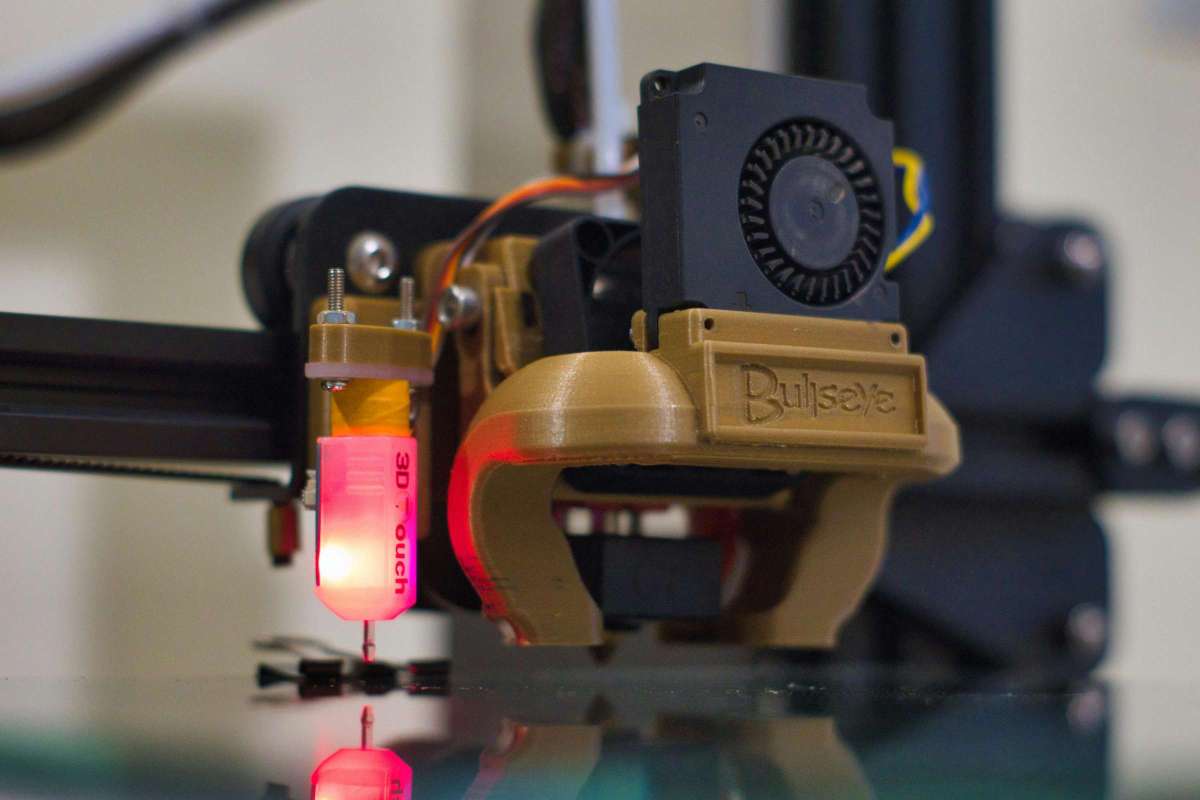Renewable Energy Technologies: Powering the Future with Sustainable Solutions
5 min read
09 Aug 2024
Renewable energy technologies are revolutionizing the way we generate, distribute, and consume energy, offering sustainable alternatives to fossil fuels and reducing our reliance on non-renewable resources. From solar and wind power to hydropower, geothermal energy, and bioenergy, renewable energy sources hold the key to powering a cleaner, greener future. Let's explore some of the most promising renewable energy technologies and their potential to transform the energy landscape:
1. Solar Energy: Solar photovoltaic (PV) and concentrated solar power (CSP) technologies harness the power of sunlight to generate electricity and heat. Solar PV systems convert sunlight directly into electricity using semiconductor materials, while CSP systems concentrate solar energy to produce steam, which drives turbines to generate electricity. Solar energy is abundant, clean, and renewable, making it one of the fastest-growing sources of electricity worldwide.
2. Wind Energy: Wind turbines convert the kinetic energy of wind into mechanical power, which is then converted into electricity using generators. Onshore and offshore wind farms harness the power of wind to generate clean, renewable electricity, with offshore wind farms offering the potential for higher energy yields and reduced environmental impact. Wind energy is cost-effective, scalable, and has minimal greenhouse gas emissions compared to fossil fuels.

3. Hydropower: Hydropower plants harness the energy of flowing water, such as rivers and streams, to generate electricity. By capturing the potential energy of water as it flows downhill and converting it into mechanical or electrical energy, hydropower provides a reliable and renewable source of electricity, with large-scale hydroelectric dams accounting for a significant portion of global electricity generation.
4. Geothermal Energy: Geothermal energy taps into the heat stored beneath the Earth's surface to generate electricity and provide heating and cooling. Geothermal power plants use steam or hot water from underground reservoirs to drive turbines and generate electricity, while geothermal heat pumps transfer heat from the ground to buildings for heating in winter and cooling in summer. Geothermal energy is reliable, baseload, and emits minimal greenhouse gases.
5. Bioenergy: Bioenergy encompasses a variety of renewable energy sources derived from organic materials, including biomass, biogas, and biofuels. Biomass, such as wood, crop residues, and organic waste, can be burned directly for heat or converted into biogas or biofuels through processes such as anaerobic digestion and biofuel production. Bioenergy is versatile, carbon-neutral, and can help reduce waste and mitigate greenhouse gas emissions.
6. Tidal and Wave Energy: Tidal and wave energy technologies harness the kinetic energy of ocean tides and waves to generate electricity. Tidal energy systems use underwater turbines or barrages to capture the energy of tidal currents, while wave energy devices convert the up-and-down motion of waves into mechanical power. Tidal and wave energy are predictable, renewable sources of electricity with minimal environmental impact.
7. Energy Storage: Energy storage technologies, such as batteries, pumped hydro storage, and thermal energy storage, play a crucial role in enabling the integration of renewable energy sources into the grid. By storing excess energy generated during periods of low demand and releasing it during periods of high demand, energy storage systems help balance supply and demand, improve grid stability, and increase the reliability of renewable energy.
8. Smart Grids and Grid Integration: Smart grid technologies enable the efficient integration of renewable energy sources into the electricity grid by optimizing grid operations, managing energy flows, and enabling demand response and energy efficiency measures. By leveraging advanced communication and control systems, smart grids improve grid reliability, resilience, and flexibility, while maximizing the utilization of renewable energy resources.
In conclusion, renewable energy technologies offer sustainable solutions to meet our growing energy needs while mitigating the impacts of climate change and environmental degradation. By harnessing the power of solar, wind, hydropower, geothermal, bioenergy, tidal, and wave energy, and leveraging energy storage, smart grid, and grid integration technologies, we can transition to a cleaner, greener energy future and build a more sustainable world for future generations.
More Articles

DJI Avata: The Future of Personal Transportation Takes Flight
2 min read | 14 Apr 2024

Philips Signe Floor Lamp: Illuminating Your Home with Style
5 min read | 13 Apr 2024

Beats Studio Buds: The Ultimate Wireless Earbuds for Music Lovers
3 min read | 12 Apr 2024

Motorola Moto G84 5G: A Mid-Range Marvel with 5G Connectivity
5 min read | 11 Apr 2024
More Articles

Smart Sensors: The Tiny Devices Making a Big Impact
7 min read | 19 Jul 2024

Digital Fabrication: Crafting the Future One Layer at a Time
4 min read | 18 Jul 2024

3D Printing: How It's Changing the World as We Know It
6 min read | 17 Jul 2024

Additive Manufacturing: The Technology Behind 3D Printing
6 min read | 16 Jul 2024
